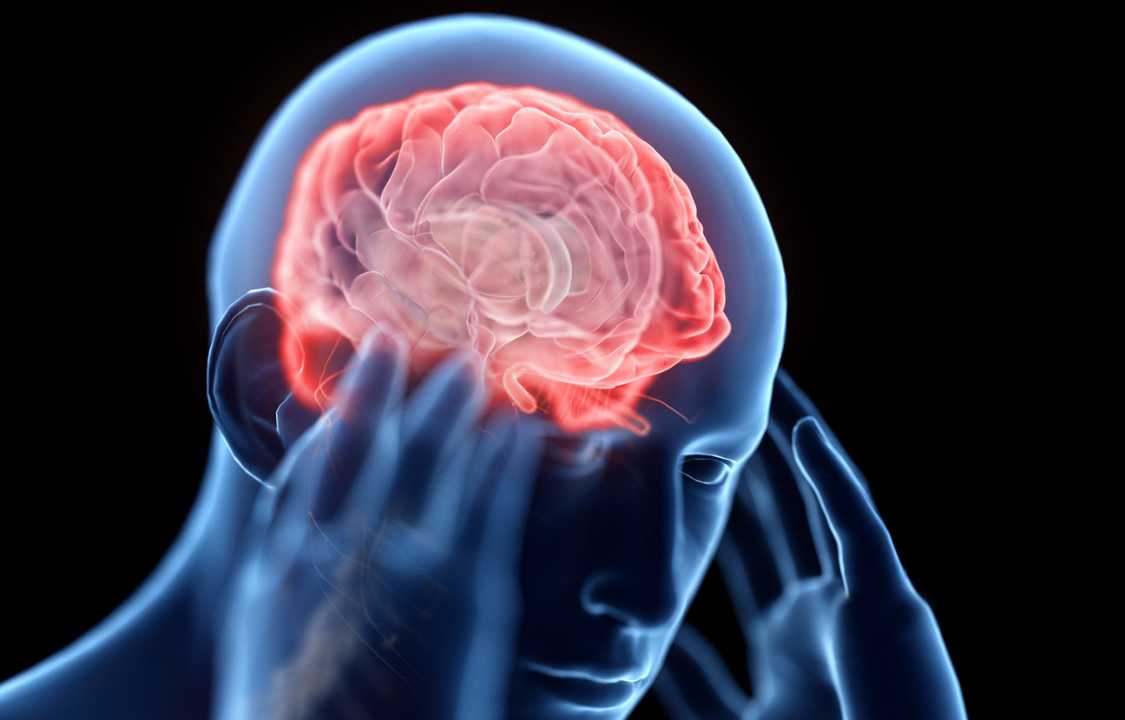Brain
What Are The Three Types Of Brain Injuries?
Receiving a brain injury can have a profound impact on an individual’s life, but it’s essential to recognize that not all brain injuries are created equal. Their severity and effects can vary widely, depending on the type and the circumstances of the injury. In this comprehensive guide, we will explore the composition of the brain, delve into the three main types of brain injuries (concussion, contusion, and penetrating injury), and discuss how medical professionals rate the severity of brain injuries.
Composition of the Brain
The human brain is a remarkable organ, composed of approximately 86 billion neurons that are responsible for various cognitive and physical functions. It is encased within the skull, offering a primary layer of protection against external impacts. Additionally, the brain is surrounded by cerebrospinal fluid, which acts as a secondary defense mechanism. This fluid provides a cushioning effect, helping to absorb and distribute forces that may be exerted on the brain. However, severe traumatic incidents can overwhelm these protective layers, resulting in brain injuries.
Three Main Types of Brain Injuries
1. Concussion:
A concussion occurs when the brain experiences a sudden jolt or acceleration, causing it to slosh within the skull and generating a pressure wave. This force can lead to damage to brain cells and the rupture of small blood vessels within the brain. The immediate aftermath of a concussion can result in various symptoms, including:
- Confusion
- Headache
- Dizziness
- Loss of coordination
- Blurry vision
- Ringing in the ears (tinnitus)
- Slurred speech
While concussions are typically not the most severe form of brain injury, they can significantly affect an individual’s life, and symptoms may persist for several months.
2. Contusion:
Contusions occur when the brain undergoes rapid and forceful movement within the skull, preventing the cerebrospinal fluid from adequately cushioning the brain. This can lead to the brain impacting the interior of the skull, resulting in bruising. Bleeding at the site of the contusion can deprive brain cells of oxygen, causing them to die. Severe bleeding can increase intracranial pressure, potentially leading to a coma or even death.
In scenarios such as car accidents, where the head experiences rapid back-and-forth motion, individuals may also sustain diffuse axonal injuries. These injuries occur when the brain moves back and forth, causing the tearing of neurons, known as axons, within the brain.
3. Penetrating Injury:
Penetrating brain injuries are characterized by the intrusion of foreign objects into the brain. This intrusion damages blood vessels and neurons, resulting in brain cell death and bleeding. These injuries often lead to increased intracranial pressure, compressing the brain and disrupting circulation. In some cases, blood clots may form, increasing the risk of a stroke.
Rating the Severity of Brain Injuries
Neurologists and medical professionals use the Glasgow Coma Scale (GCS) to assess and rate the severity of brain injuries. This standardized scale categorizes brain injuries into three main groups:
1. Severe Brain Injury:
- In the context of the Glasgow Coma Scale (GCS), any brain injury that leads to a state of unconsciousness is unequivocally classified as severe. These are injuries of the utmost gravity, and the individuals affected by them find themselves in a profoundly altered state of consciousness.
- Patients grappling with severe brain injuries confront an incapacitating inability to respond to even the simplest questions or commands. This state of profound unconsciousness underscores the severity of these injuries, necessitating immediate and comprehensive medical intervention and support.
2. Moderate Brain Injury:
- Unlike their severe counterparts, moderate brain injuries do not typically result in unconsciousness. Nevertheless, they may render patients unable to open their eyes without external physical stimulation, reflecting the complex and varying nature of brain injuries.
- In cases of moderate brain injuries, patients often exhibit incoherent or inconsistent responses to questions, marking a unique challenge in assessing and understanding the effects of such injuries. These responses can serve as crucial indicators for healthcare professionals, helping them determine the most appropriate course of care and treatment.
3. Mild Brain Injury:
- On the spectrum of brain injuries, mild injuries allow patients the ability to open their eyes and offer coherent responses to questions. These individuals remain conscious, but the term “mild” should not underestimate the potential impact of these injuries on an individual’s life.
- Despite the “mild” classification, such injuries can still wield a significant impact, influencing cognitive functions, behavior, and daily life. It is important to recognize that even seemingly minor brain injuries can have far-reaching consequences, necessitating appropriate medical attention and rehabilitation to support recovery and improve overall quality of life.
In conclusion, the realm of brain injuries is notably diverse, encompassing an array of distinct types, each marked by its own set of effects and varying degrees of severity. It is paramount to grasp the nuanced characteristics of each type and to recognize the critical importance of seeking immediate medical attention when confronted with any potential head trauma. In the medical domain, the Glasgow Coma Scale emerges as an invaluable tool, offering a standardized method for accurately rating the severity of brain injuries. This scale equips medical professionals with a universal framework to assess the condition of the affected individual and, as a result, make informed decisions regarding the most appropriate and timely treatment and care interventions.
For individuals who have directly experienced a brain injury or those who are supporting a loved one through such a challenging situation, it is not merely advisable but essential to consult with medical experts. These professionals possess the expertise to comprehensively evaluate the implications of the injury and guide you through the intricate and often arduous path to recovery. Seeking their guidance is a pivotal step in understanding the full scope of the injury and crafting a tailored plan for rehabilitation and healing, thereby increasing the chances of achieving a better and more hopeful outcome.

